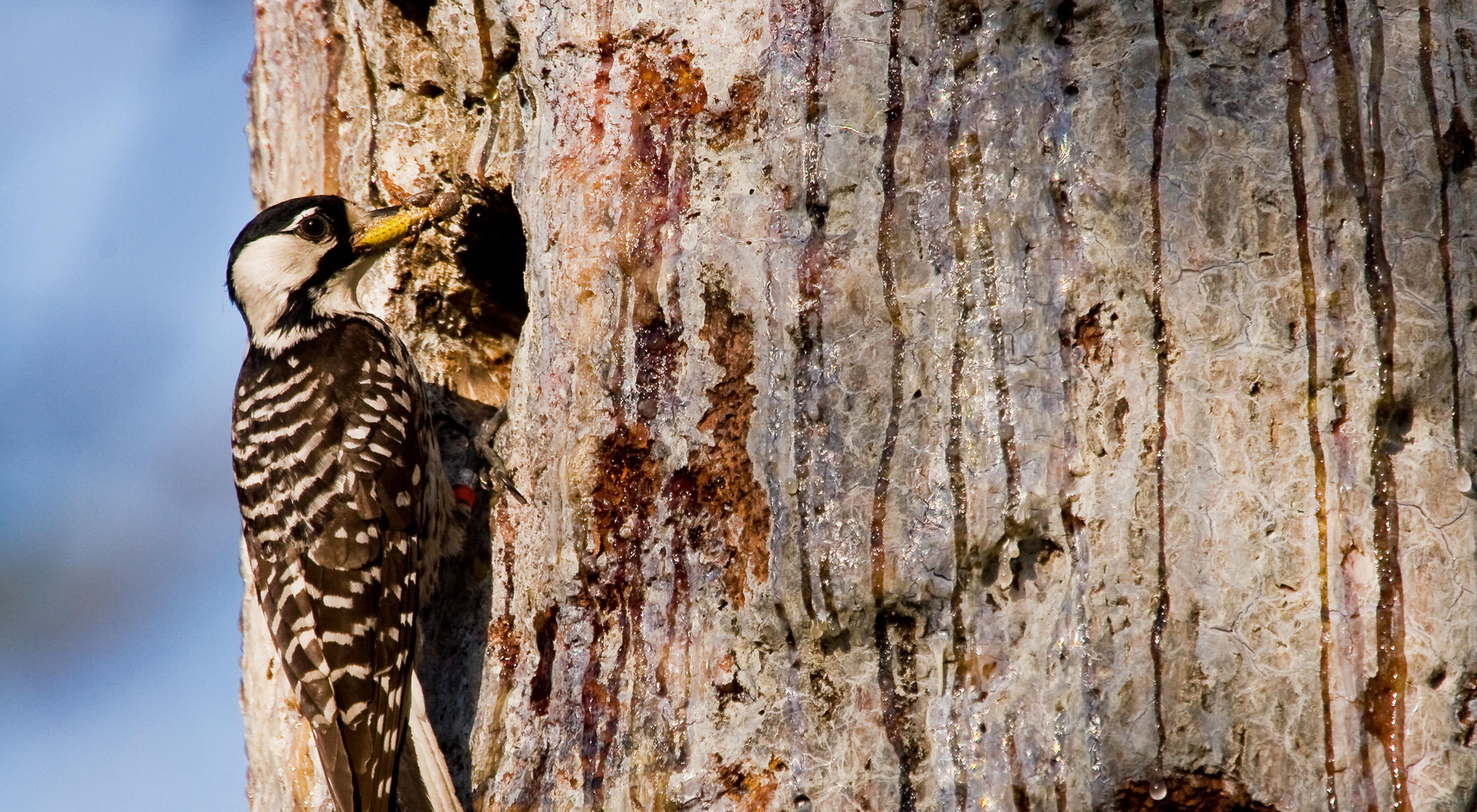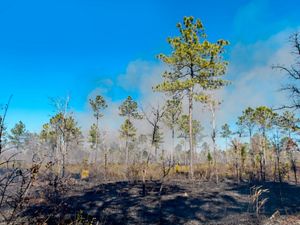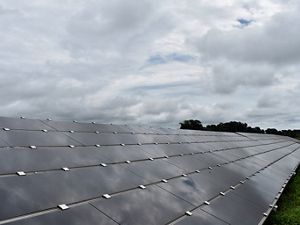Protecting National and Environmental Security
The Nature Conservancy and the military have a long history of working together in North Carolina.
The partnership started in the mid-1990’s and created a national model around other military bases called the Readiness and Environmental Protection Initiative (REPI) program. Since then, it’s become a valuable tool for protecting North Carolina’s military installations from encroachment and achieving conservation advancements.
For example, at Fort Bragg REPI has helped to recover the endangered North Carolina Sandhills population of the red-cockaded woodpecker and buffer the installation from inappropriate neighboring land uses, protecting 16 miles of base boundary.
Similarly, with the assistance of the Marine Corps, conservation partners have protected over 65,000 acres around Camp Lejeune and Cherry Point. The Department of Defense (DoD) has also made a strong commitment to stewardship of conserved lands through the innovative Recovery and Sustainment Program with the State of North Carolina and The Nature Conservancy that will further restoration and controlled burning to improve critical habitat.

The protection of these buffer zones has grown in significance in recent years due to the effects of climate change. With extreme weather becoming more common, these buffer zones are critical for the protection of the base. Along with challenges like WMD and cyber threats, the Quadrennial Defense Review, DoD’s strategy road map, identifies climate change as a global trend that will drive DoD adaptation.
The military is concerned about climate change for both strategic and tactical reasons. On the strategic side, climate change is a threat multiplier and contributor of instability because it has the potential to exacerbate many of the challenges we are dealing with today, from infectious disease to terrorism. At the high-level strategic level, the Syrian conflict and other conflicts can be tied to climate change. Climate change hasn’t necessarily been the primary cause for these conflicts, but it acted as an accelerant, fueling these events.
On the tactical side, military bases and stations that are on the coast are going underwater. Base commanders want their base to remain viable so they’re looking at what needs to be done to protect their bases.
I was the base commander at Parris Island during Hurricane Floyd. Parris Island is only about four feet above mean sea level. Luckily for the base, Floyd just missed us, although it hit North Carolina hard. If it had hit the base the predicted storm surge of 12- 20 feet would have put the base well underwater.
Quote: Stephen Cheney
The predicted storm surge of 12-20 feet would have put the base well underwater.
All the bases and stations on the coast are impacted similarly and need to prepare. Several of North Carolina’s military installations are on the coast. According to the Union of Concerned Scientist, by 2100 nearly 90% of the Camp Lejeune’s low-lying areas could be submerged on a daily basis, just from high tides. A Category 1 hurricane will flood 4,000-7,000 more acres at Camp Lejuene than it would today. With a Category 4 hurricane around 20% of the camp would be under 20 feet of water.
In addition to impacts to bases from increased inundation and flooding damage, more extreme weather events and warmer temperatures have the potential to affect base training and testing by causing more “black flag” days, days when outdoor training is suspended. Increased dust generation during training activities, can interfere with sensitive equipment, resulting in greater repairs, or may require more extensive dust control measures to meet environmental compliance requirements.
Preparing for climate change is in our nation’s national security interest and protecting natural buffers around military installations helps to minimize these threats at home. We must address the threats of climate change, both by reducing emissions and by increasing resiliency. Preparing for the effects will improve the U.S.’ overall resilience and help ensure the security of the nation.



